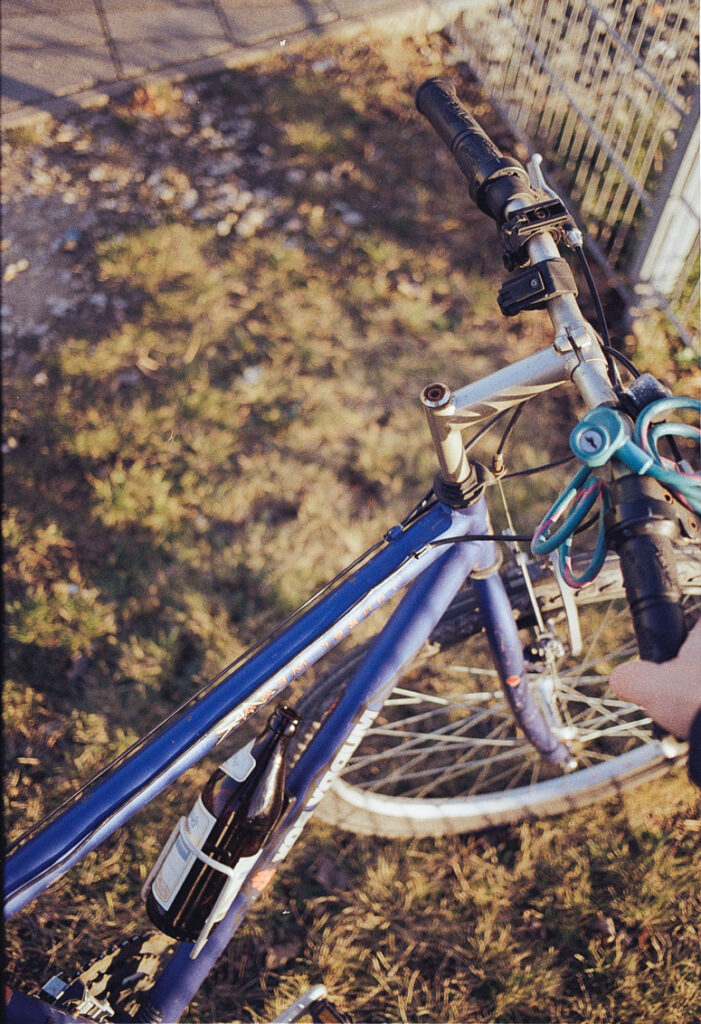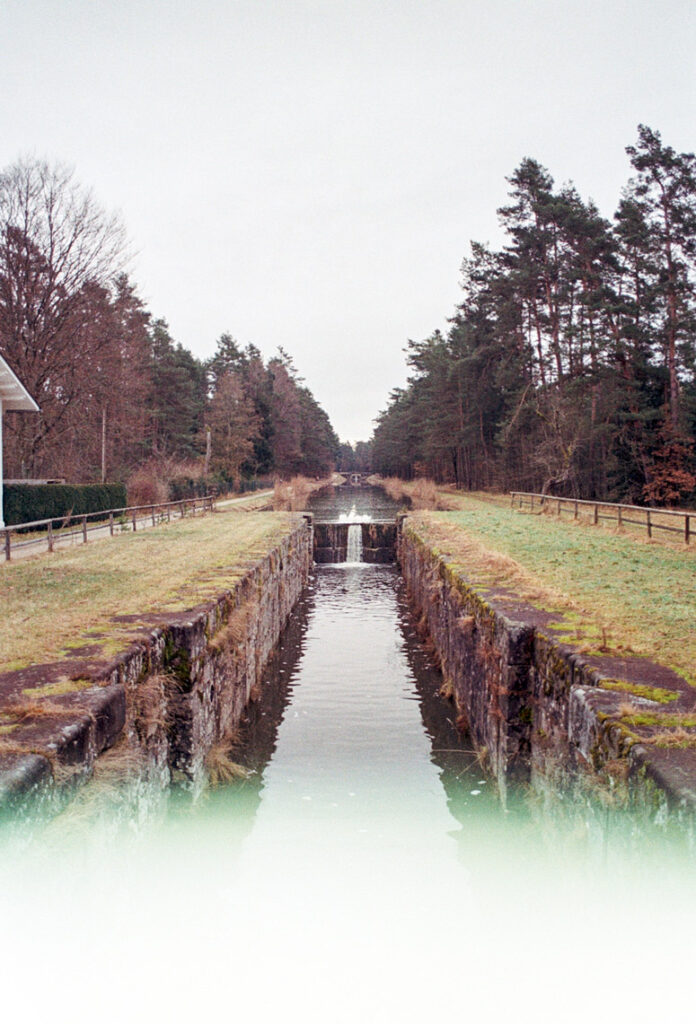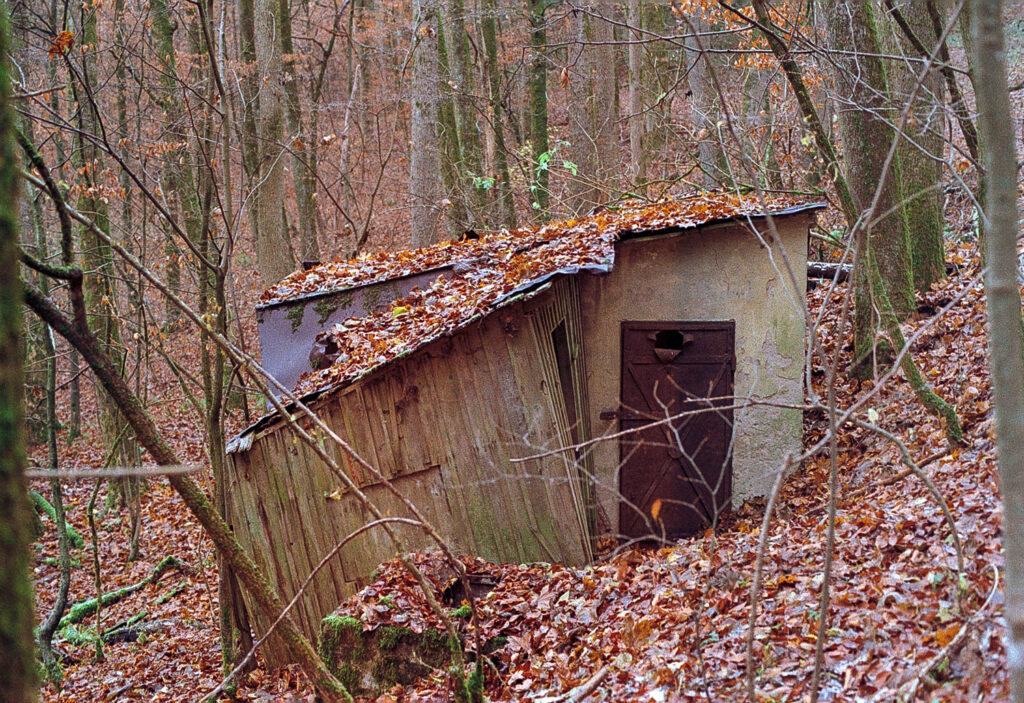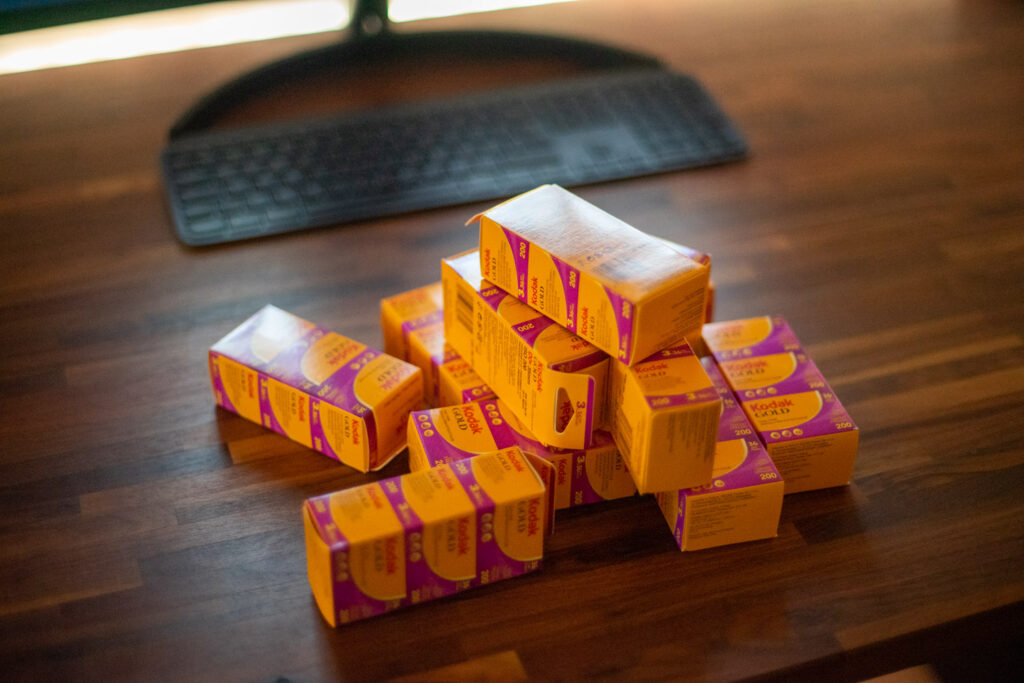Welcome to the world of film photography, where every shot counts and the anticipation of seeing your developed photos is part of the thrill. If you’re just starting out or looking for a reliable, affordable film to add to your arsenal, let’s talk about Kodak Gold 200. Kodak Gold 200 is a 35mm film that’s earned its stripes in the photography community for its fine grain, vibrant colors, and budget-friendly price tag. It’s a film that doesn’t break the bank but still delivers quality results, making it an ideal choice for those dipping their toes into film photography.
This film isn’t just about affordability, though. It’s about the classic, vintage colors it produces, the versatility it offers, and the forgiving nature it has when it comes to exposure. Whether you’re shooting in broad daylight or using an electronic flash, Kodak Gold 200 has got you covered.
So, if you’re ready to explore the nuances of this film and understand why it’s a favorite among beginners and seasoned photographers alike, let’s dive in.
Features of Kodak Gold 200
Kodak Gold 200 is more than just a roll of film; it’s a tool that can help you capture the world around you in a unique and vibrant way. Let’s delve into some of its standout features that make it a go-to choice for many photographers.
Fine Grain: One of the first things you’ll notice when you shoot with Kodak Gold 200 is its fine grain. This characteristic contributes to the sharpness of your images, allowing you to capture details with clarity. Whether you’re shooting landscapes or portraits, you can expect a level of detail that’s impressive for a film in this price range.
Saturated Colors: Kodak Gold 200 is known for its color rendition. It produces saturated colors that give your photos a classic, vintage feel. The yellows, blues, and oranges are particularly well-represented, resulting in images that are vibrant and rich, yet still maintain a realistic look.
Wide Exposure Latitude: If you’re new to film photography, you’ll appreciate the wide exposure latitude of Kodak Gold 200. This means the film is quite forgiving of exposure mistakes. You can underexpose by two stops or overexpose by three stops and still get usable images. This feature provides a safety net as you’re learning the ropes of manual exposure control.
Daylight Optimized: Kodak Gold 200 performs best in daylight conditions. It’s designed to work well in bright, outdoor settings or with an electronic flash, making it a versatile choice for a variety of shooting scenarios.
Color & Contrast

When it comes to film photography, the way a film renders color and contrast can significantly impact the mood and feel of your images. Kodak Gold 200 has a distinct approach to color and contrast that sets it apart.
Warm Tones: Kodak Gold 200 is known for its warm color palette. This is particularly noticeable when compared to films like Fujifilm, which tend to lean towards cooler tones. The warm tones of Kodak Gold 200 can add a nostalgic, vintage feel to your images, making it an excellent choice for capturing autumn landscapes, golden hour portraits, or any scene where you want to emphasize warmth.
Vibrant Colors: This film doesn’t shy away from color. It produces vibrant yellows, blues, and oranges that stand out and give your images a lively feel. Despite the saturation, the colors don’t come off as unrealistic. They’re bright and rich, but still maintain a natural look.
Natural Skin Tones: If you’re into portrait photography, you’ll appreciate how Kodak Gold 200 renders skin tones. They come out looking natural and flattering, which isn’t always the case with color films.
Contrast: For a budget-friendly film, Kodak Gold 200 offers a fair amount of contrast. This helps to add depth and dimension to your images, making them pop.
However, it’s worth noting that this film might struggle a bit in tungsten and fluorescent light conditions, especially when shooting indoors. This can result in a color shift towards the cooler end of the spectrum. But don’t let this deter you. You can easily counteract this by using a color correction filter, or better yet, embrace it as part of the film’s character.
In the next section, we’ll take a closer look at the film’s grain and speed, and how these characteristics contribute to the overall look and feel of your images.
Grain & Speed
Understanding the grain and speed of a film is crucial as it can greatly influence the outcome of your photographs. Let’s explore these aspects in the context of Kodak Gold 200.
Fine Grain: Kodak Gold 200 is a slower film with an ISO of 200. This means it has a finer grain structure compared to higher ISO films. The result? You get images that are sharp and detailed, making it possible to enlarge your photos without significant loss of quality. The fine grain contributes to the overall smoothness of your images, giving them a clean, crisp look.
ISO 200: The speed of a film, represented by its ISO number, indicates its sensitivity to light. With an ISO of 200, Kodak Gold 200 is a medium-speed film that performs best in daylight or well-lit situations. It’s not the best choice for low-light or night photography unless you’re using a tripod or a flash. But in the right lighting conditions, this film can truly shine, delivering beautifully exposed images with a good balance of detail and contrast.
Daylight Optimized: As mentioned earlier, Kodak Gold 200 is optimized for daylight conditions. This means it’s designed to give its best performance when there’s plenty of light available. It’s worth noting that while it can handle a variety of lighting situations, it truly excels in bright, outdoor settings where it can fully showcase its color rendition and fine grain.
In the next section, we’ll discuss the film’s exposure latitude, a feature that makes it a forgiving choice, especially for those who are new to film photography or those who like to experiment with different exposure settings.
Latitude
In the realm of film photography, latitude refers to a film’s tolerance to exposure variations. It’s essentially the film’s ability to produce usable images even when they’re overexposed or underexposed. Let’s see how Kodak Gold 200 fares in this aspect.
Wide Exposure Latitude: One of the standout features of Kodak Gold 200 is its wide exposure latitude. This means that even if you don’t get your exposure settings spot on, there’s a good chance you’ll still end up with a usable image. Specifically, Kodak Gold 200 can handle underexposure of up to two stops and overexposure of up to three stops.
This wide exposure latitude is particularly beneficial for beginners who are still getting the hang of manual exposure settings. It allows for a bit of trial and error without the risk of completely ruining your shots. But even for more experienced photographers, this feature offers the freedom to experiment with different lighting conditions and exposure settings.
Versatility: The wide exposure latitude of Kodak Gold 200 contributes to its versatility. Whether you’re shooting in bright sunlight or in the shade, this film can adapt to a range of lighting conditions. It’s this adaptability that makes it a reliable choice for a variety of shooting scenarios.
When to use
Now that we’ve covered the key features of Kodak Gold 200, let’s talk about when and how to best use this film to capture stunning photographs.
Everyday Use: Kodak Gold 200 is a great all-rounder, making it suitable for everyday use. Whether you’re capturing a family gathering, a day at the beach, or a cityscape, this film can handle it all. Its affordability also means you can shoot freely without worrying too much about the cost.
Bright, Direct Sunlight: This film truly shines in bright, direct sunlight. In these conditions, you can expect to see the vibrant, saturated colors that Kodak Gold 200 is known for. The film’s warm tones can give your images a soft, vintage feel, especially when shooting in golden hour light.
Portraits: Thanks to its natural skin tone rendition, Kodak Gold 200 is a good choice for portrait photography. Whether you’re shooting close-ups or full-body shots, this film can help you capture your subject in a flattering light.
Landscapes: The fine grain and sharpness of Kodak Gold 200 make it a good option for landscape photography. It can help you capture the details and colors of a scene, from the blue of the sky to the green of the grass.
While Kodak Gold 200 is a versatile film, it’s important to remember that it’s not the best choice for low-light or indoor photography without a flash or additional lighting. But with the right light and a bit of creativity, this film can help you create beautiful, memorable images.
Conclusion
We’ve taken a deep dive into the world of Kodak Gold 200, exploring its features, strengths, and the scenarios where it shines the most. It’s clear that this film, with its fine grain, vibrant colors, and wide exposure latitude, offers a lot to photographers, especially those just starting out in film photography.
The affordability of Kodak Gold 200 makes it an accessible choice for beginners, but it’s the film’s performance that truly makes it stand out. From its warm, saturated colors to its forgiving nature when it comes to exposure, this film delivers quality results that can make your journey into film photography a rewarding experience.
Whether you’re capturing portraits, landscapes, or everyday moments, Kodak Gold 200 can help you create images with a unique, vintage feel. It’s a film that encourages you to experiment, to learn, and most importantly, to enjoy the process of film photography.
So, if you’re ready to explore the world through the lens of a film camera, give Kodak Gold 200 a try. It might just become your new favorite film.












